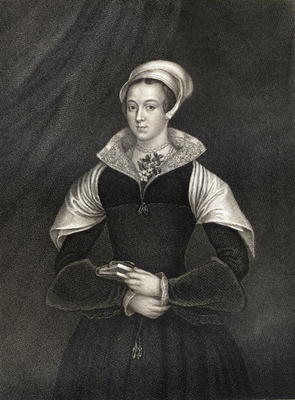The Historical Significance of Lady Jane Grey’s Portrait

Introduction
The portrait of Lady Jane Grey is not just an artistic representation; it is a window into a tumultuous period in British history. Known as the nine-day queen, Lady Jane’s brief reign in 1553 brings an aura of intrigue and tragedy. Her life and death have captivated historians and the public alike, making her portrait a symbolic artefact of early Tudor monarchy and the complex interplay of power during the English Reformation.
The Portrait of Lady Jane Grey
The most famous portrait of Lady Jane Grey is believed to have been painted by an unknown artist in the mid-16th century. Often depicted in a somber and regal attire, the portrait presents her as a young, dignified woman, embodying innocence and strength. The portrait is significant not only for its artistic merit but also for the historical context it evokes. Located in several collections, including the National Portrait Gallery in London, it serves as an important visual record of this historical figure.
Historical Context
Lady Jane Grey ascended the throne at the age of just 16, after the death of Edward VI, due to the desperate political machinations by the Protestant faction of the court. Her rule was not only short-lived but filled with political strife. After only nine days, she was deposed by Mary I, who took the throne. What followed was a period of intense persecution for those affiliated with Jane’s claims to power, culminating in her execution in 1554. This makes the portrait an enduring reminder of the stakes involved in monarchial and religious conflicts of the time.
The Significance of the Portrait Today
Today, the portrait of Lady Jane Grey continues to resonate with contemporary audiences, symbolising themes of female power, sacrifice, and the harsh realities of political life. It has inspired countless literature, academic studies, and representations in popular culture. Museums report a growing interest in Tudor history, with Lady Jane serving as a focal point for discussions on the implications of leadership, legitimacy, and societal expectation.
Conclusion
The portrait of Lady Jane Grey is more than an artistic achievement; it encapsulates a pivotal moment in history, offering insights into the struggles of governance and individual agency. As interest in Tudor history persists, ongoing research and exhibitions regarding her life and legacy will likely continue to shape our understanding of the past. For readers, appreciating this portrait means engaging with the complexities of history and considering the broader implications of power and identity that still resonate today.







